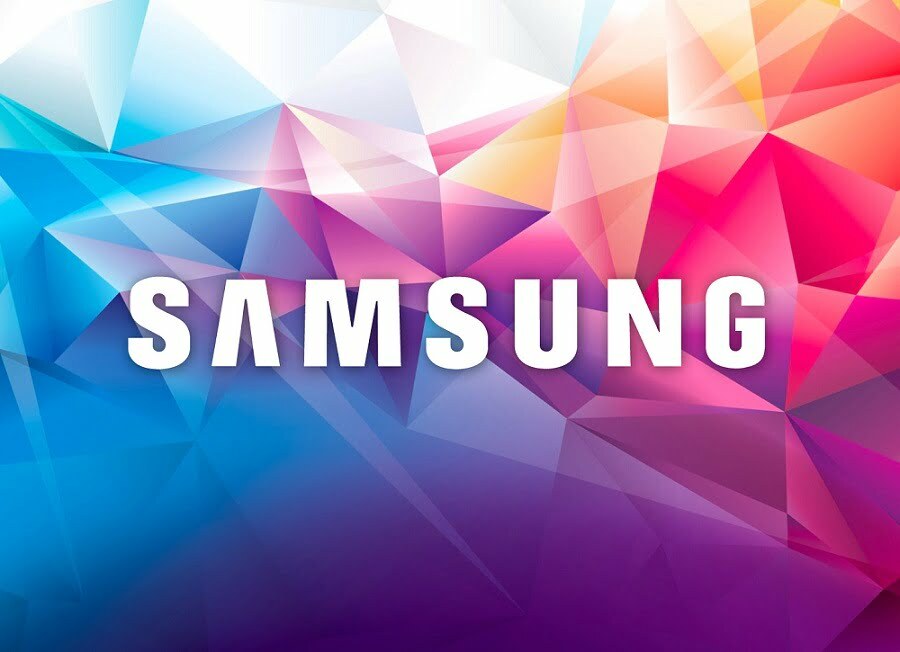HDR10+ is being adopted quickly by hardware makers and content providers will soon follow.
In 2017, Samsung Electronics introduced HDR10+, the latest and most advanced high dynamic range (HDR) technology yet that provides a truly immersive viewing experience thanks to its dynamic tone mapping and enhanced intrinsic dynamic range that allows TVs to faithfully reproduce the intended HDR appearance of the master.

In the two years that have passed since its introduction, HDR10+ has not only been revolutionizing the home entertainment market but has also debuted on a variety of other devices, including smartphones. Bill Mandel, Vice President of Samsung Research America’s Digital Media Solutions Lab, sat down with Samsung Newsroom to provide an update on how far HDR10+ has come since 2017.
What is HDR10+?
HDR10+ is an HDR (High Dynamic Range) format created by Samsung designed to expand on the HDR10 format by allowing for dynamic metadata to continuously tweak the display settings so that you’re always seeing the most and best color possible. Unlike Dolby Vision — which also adds dynamic metadata to the HDR signal — HDR10+ is royalty-free and open so that any company which makes displays can adjust it to best suit its product. Dynamic metadata means the color correction can be done on the fly.
Building an HDR10+ Ecosystem
The biggest innovation for HDR10+ since its introduction in 2017 has been the expansion of the types of devices that can support the revolutionary picture technology, as well as the number of partners that have adopted it.
Over the past year, the number of HDR10+ certification program adopters has tripled, including many TV makers and various ultra-high-definition (UHD) devices and System on Chip (SoC) makers. As Mandel affirms, technology has become crucial to providing the best possible big-screen television experience.
Providing High Picture Quality Across the Board
Back in 2017, Samsung partnered with 20th Century Fox and Panasonic to create a logo and certification program that allows displays to be certified for having HDR10+ implementation. Since then, many more displays and much more content have been developed to support HDR10+ by a wide range of partners and collaborators who see the benefits this picture technology has to offer viewing quality.

Looking to the future, Mandel notes that HDR10+ is set to revolutionize not only TV viewing experiences for users, but potentially also cinematic experiences. “Starting with HDR10+ technologies, we are currently working to understand the needs of filmmakers, post-production facilities and studios in order to help post-production workflows and future generations of displays provide even more capabilities and options to consumers and the media industry.”
The Most Vivid Viewing Experience Yet
What sets HDR10+ apart is that it has been designed to reproduce images faithfully by taking advantage of the brightness, darkness and contrast elements of content paired with the performance range of a viewer’s television. Thanks to its advanced tone mapping technology, HDR10+ is able to better reproduce HDR content with the appearance as intended by the creator.
Not only can users enjoy this quality on HDR10+-certified devices, but HDR10+ technology can enable any TV, even with differing sets of performance characteristics, to provide an immersive HDR content experience that fully showcases the care creatives put into their HDR source masters.

Mandel recommends dimming the lights in your home when watching HDR10+ content to make the most of the experience. “HDR10+ works with all the picture modes available on Samsung TVs,” adds Mandel, “and our ‘Movie’ picture mode has been optimized by the picture quality engineering team to deliver colors and cinematic texture as envisaged by the original content creators.” Mandel encourages consumers to look for HDR10+ support when considering their next device, “so that they can be sure they are getting the best HDR viewing opportunity possible.”
HDR10+, along with 8K resolution, stands at the forefront of display technology innovation. “Samsung is committed to continuously expanding the capabilities offered by TV screens,” affirms Mandel. “Through industry collaboration with technology initiatives such as HDR10+ and partners throughout the media ecosystem, we are continuously striving to deliver the best possible viewing experience to consumers now as well as in the future.”
